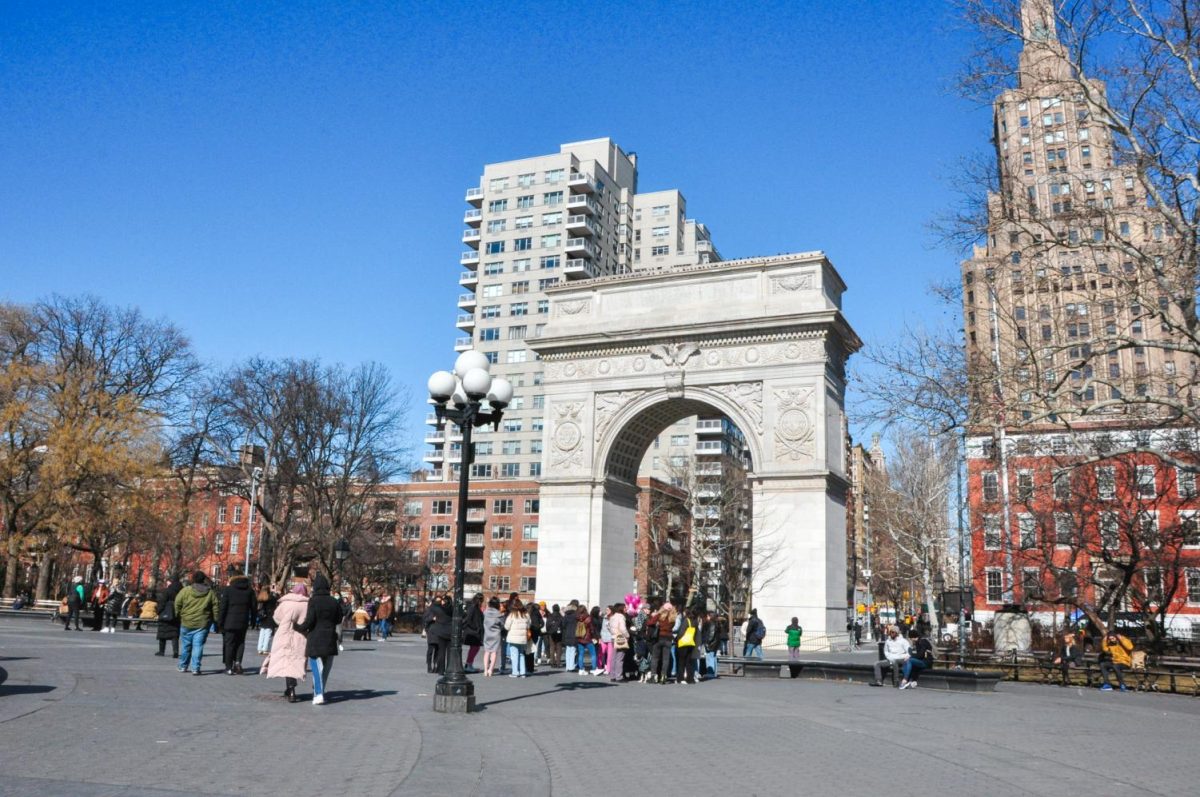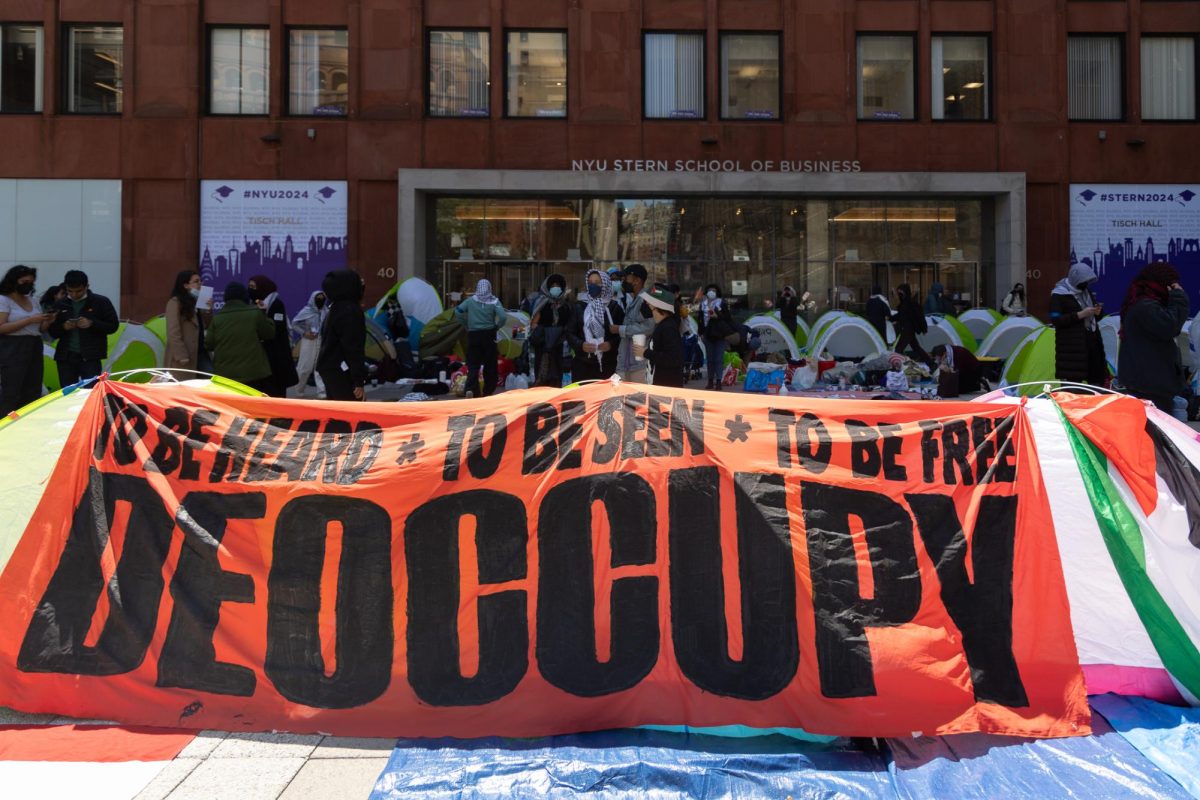September marked an especially tumultuous month for those living in the Gaza Strip, as reports from the region in the past several weeks describe protests against the sporadic border control policies coming from Egypt. The Rafah border with Egypt, the only border Gaza does not share with Israel, is also the only point of entrance and exit for the majority of residents of the strip. The border is meant for passenger crossing, for students studying outside the territory and the ill who need medical treatment.
Israel’s military blockade of the Gaza Strip has been in effect since extremist group Hamas took control of the region in 2007, replacing the more peaceable Palestinian Authority. The blockade aimed to weaken Hamas’ power, and to prevent any weapons from being brought into Gaza, according to Israeli Prime Minister Benjamin Netanyahu. However, the blockade only served to cripple the small territory’s economy — Gaza exports have declined an astounding 97 percent since the blockade began. The extremely restrictive measures were enacted to ensure minimal entry or exit of goods and people. This has left the majority of the 1.6 million civilians in need of supplies. Thus, Egypt’s 2011 permanent opening of the Rafah border came as welcomed news for Palestinians in Gaza.
However, following deadly clashes between the Egyptian military and armed rebels in cities bordering Gaza, Egypt announced a complete shutdown of the Rafah border in July of this year, and since then has been opening and closing the crossing at intermittent times. On Sept. 19, after one full week of a closed border, it was opened four hours per day until Sept. 21. A total of only 600 Palestinians were able to pass through.
Gazan students trapped in the area lost their study abroad scholarships as a result of this border closing, and many of Gaza’s ill are unable to receive their medicine because of a lack of humanitarian aid and supplies. Conditions in Gaza are deplorable as it is, and with Israeli borders just as impenetrable, residents are in a hopeless and frustrating situation.
Just one week ago, Israel’s minister of international relations Yuval Steinitz announced that 5,000 new work permits would become available to Palestinians in the Gaza Strip, allowing them to enter and work in Israel. He also revealed a plan to allow more building materials to be imported into the territory. Headlines touted this as an “ease of restrictions” in an effort to reach a peace deal, but Israel’s past with improving conditions in Gaza has been flaky at best.
After the UN and Amnesty International brought war crimes and human rights violations to light in 2009, international pressure led the Israeli government to lessen restrictions on borders — much like it is doing now. However, another UN report in 2011 revealed that these efforts were nominal and did little to help Palestinians.
With 34 percent of Gazans unemployed, 44 percent unable to secure food and 80 percent receiving humanitarian aid as of June 2013, the Israeli claim that there is no humanitarian crisis in Gaza is ridiculous. Gaza is indeed an open-air prison, and Egyptian and Israeli forces cannot continue down this unsustainable path. The Palestinian people are entitled to freedom of movement, and the international community needs to put pressure on these governments to actively change the living conditions and support a healthy economy in Gaza.
Nina Golshan is a contributing columnist. Email her at [email protected].









































































































































